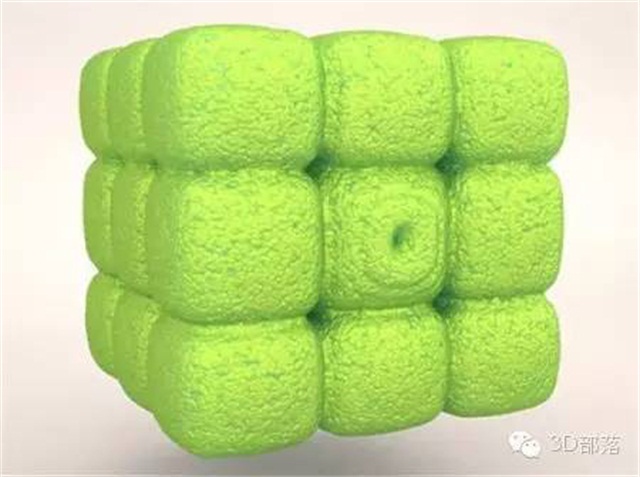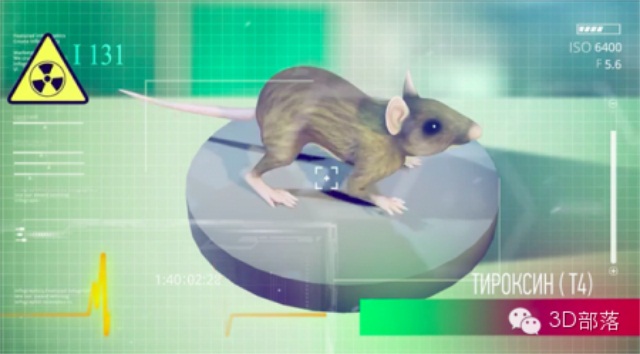Russian scientists have printed a portable thyroid gland for the first time
Although 3D printing technology has been widely used in many different industries, when it comes to the depth and breadth of use and the breakthrough results achieved, it is the medical field. In November 2014, a Russian scientist claimed that they would display the world's first portable organ for 3D printing, the thyroid gland, in March 2015. Now, it is the time. The company, 3DBioprintingSolutions, managed by this scientist, has achieved the promise. On March 27, 2015, the company announce that they have produced the world's first 3D printed portable thyroid gland. It will be applied on a mouse.


The company, led by professor VladimirMironov, uses the thyroid gland as their first 3D printed organ, mainly because it is relatively simple. In other words, by completing a relatively small target like this, he will be able to conduct further technical development as soon as conditions permit.
“ We'll start with rats. By then, we will be using radioactive iodine to close the thyroid gland, which will cause the hormone levels to drop in mice.” said Pro.Mironov on November. “ Then, We're going to put bio-printed organs in mice. If the hormone levels return to normal, we will open champagne.”

Their bio-printer is a real robot that can move in three directions. It is equipped with an automatic syringe, which can drip cloth from living cells to make a fibrous layer. The thyroid gland is printed using stem cells and "bio-ink" developed by the company. In order to ensure that the mice did not have an exclusive reaction to the organ, the cells used were adipose tissue from mice.
To ensure that these cells are ready to be printed in advance, scientists first turn them into "spheres" -- or layers of cells. It is then placed in a hydrogel to make it easier to print. When the organ is printed, it will be placed in a bioreactor, and the hydrogel will dissolve, leaving the thyroid organ to mature. For now, though, the team has printed out the thyroid, but its last step -- inserting it into mice -- has not yet been done. However, professor Mironov is expected to complete the 3D printing of the mouse's thyroid implants soon. If the operation is successful, the team will present their results to the public at the second international conference on bio-printing in Singapore in July.
Perhaps most importantly, it could mean the future of bio-printing based on the human body. Although it is too early to determine what might happen in the future, it is safe to say that the recent research progress of 3DBioprintingSolutions has been made. We have never been so close to the goal of 3D printing human internal organs, which will affect the future of humanity and the evolution of human beings.
According to professor Mironov, when the thyroid test is completed, the team's next goal will be to print a kidney -- a more complex organ -- by 2018.





